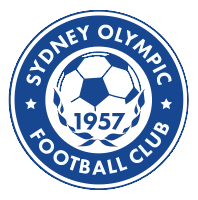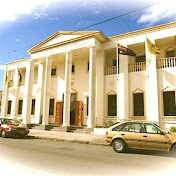
Concert hall will have to close for almost two years but Sydney Symphony Orchestra conductor says it will be ‘as amazing inside as it is from the outside’
Multimillion-dollar upgrades to the Sydney Opera House will make the concert hall “inside as extraordinary and as amazing as it is from the outside”, the artistic director and chief conductor of the Sydney Symphony Orchestra has said.
David Robertson welcomed Thursday’s announcement of the most substantial changes to the building since it opened in 1973, which aim to improve the acoustics, accessibility and versatility of the concert hall, and to improve disabled access to the whole building.
The chief executive of the Opera House, Louise Herron, said technical systems and equipment “that, frankly, have reached the end of their working life” would be replaced. The concert hall will have to be closed for almost two years.
A 3D sound system and drapes – currently put up for individual events – would be installed for amplified performances, as well as quieter airconditioning. The acoustic reflectors resembling glass doughnuts above the stage would be replaced by a concert ceiling to better contain the sound.
Herron said the concert hall renovations would be the most disruptive stage of what was likely to be a four-year process, and as such would not begin until mid-2019, with view to completion in early 2021.
The $202m investment from the New South Wales government was essential for the building’s future, Herron said.
The upgrade was expected to be substantially completed in just over four years, although work would be staggered to allow the Opera House to remain open throughout.
New lifts and an escalator to the foyer would be installed to improve access and more of the building would be opened to the public.
A tunnel cutting through the northern foyer, beneath the stairs to the concert hall, would be “revolutionary” for people with disabilities, Herron said. Up to 26 wheelchair-accessible seating positions would be added to various parts of the concert hall.
A call centre and legal office on the north-western corner of the site would be transformed into a creative learning centre for children for workshops, talks and performances. There would also be a separate, permanent “digital classroom”. Construction on this space would begin late next year and finish mid-2018.
A function centre on the ground floor would be able to accommodate 190 seats and 500 people standing, and enable the “very ugly” marquee on the northern broadwalk to be removed, Herron said.
A new lounge and cafe and more seating would be added to the box office foyer in two stages, beginning in 2017 and 2019. From 2018, the space under the stairs would be renovated to be made more pedestrian-friendly, with seating and “digital art walls”. The bitumen would be removed to connect the area with the forecourt.
The plans released on Thursday were only working designs, Herron stressed, to allow more consultation and to ensure the process was as smooth as possible.
Bistro Mozart would close at the end of this month and be replaced by more seating and food options.
Herron said the upgrades were governed by the design principles of Jørn Utzon, the late Danish architect who designed the building – as evidenced by the inclusion of his son Jan, also an architect, on a panel approving the changes.
“It’s balancing our heritage and our future and that’s what we’ve tried to do with the utmost respect,” she said.
All $202m of the upgrades are paid for by the state government, which deputy premier, Troy Grant, said was “honoured” to play such a key role.
“The Sydney Opera House has played an important role in our nation’s history and embarking on these renewal projects will ensure that it continues to be relevant for generations to come.”
The Opera House itself has already invested $43m into renovating the Joan Sutherland theatre.
But Labor’s arts spokesman, Walt Secord, said the government was spending money on the Opera House while neglecting less prestigious projects in western Sydney.
“While the Sydney Opera House needs some improvement, a fair share of the $600m arts infrastructure fund must be spent on arts in western Sydney,” he said in a statement.
“Unfortunately, there is a massive funding imbalance towards Sydney’s east – with western Sydney arts receiving very little. Western Sydney deserves its fair share.”
Utzon was 38 when he won the international competition to design an opera house on Bennelong Point in 1957. After a series of delays in construction and a change in government, he resigned from the project and returned to Denmark in 1966.
The Opera House was completed by an Australian architect, Peter Hall. Utzon eventually returned to the Opera House fold, contributing to recent redesigns. He died in 2008.
Source:theguardian.com














